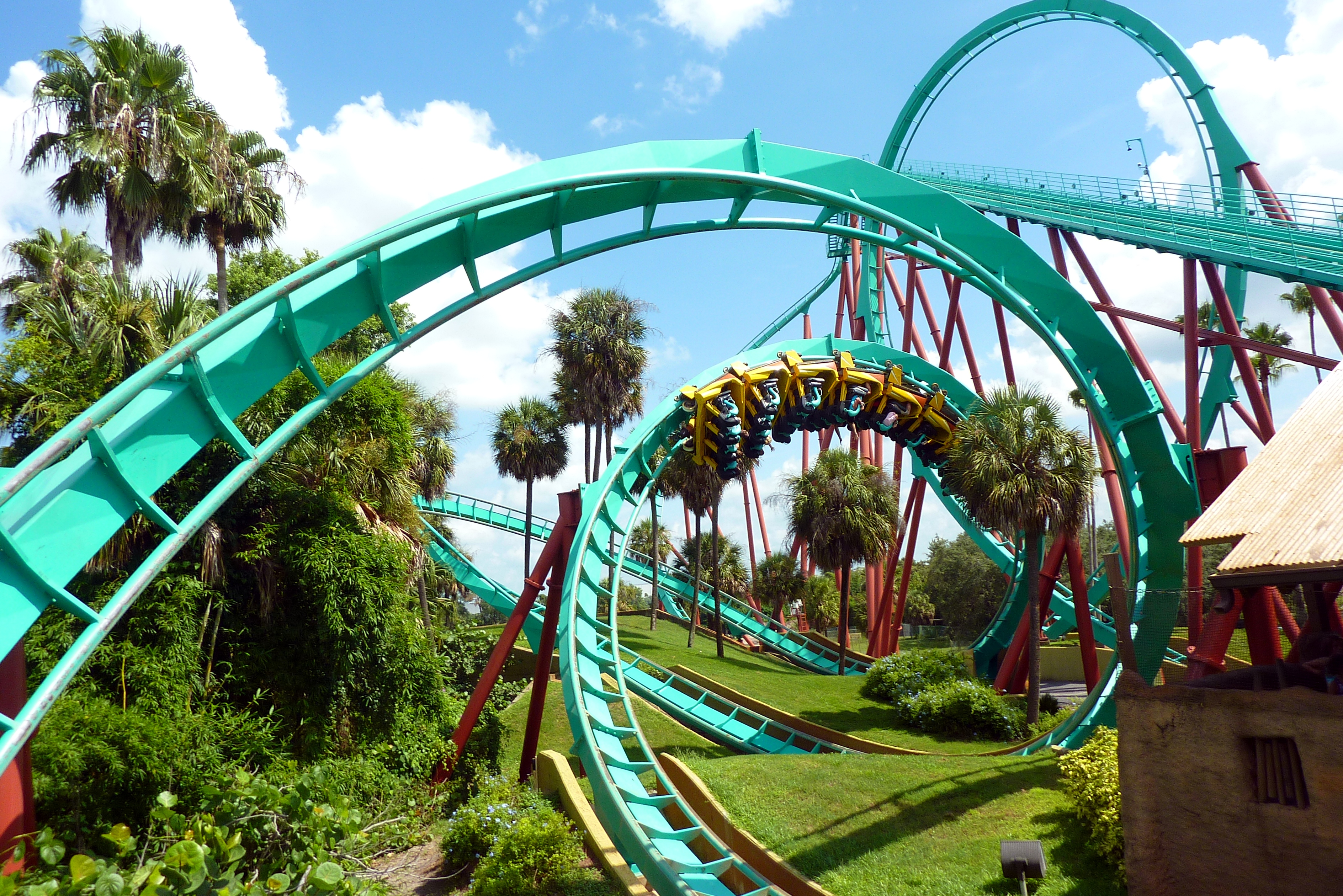After having inputs from lecturers from the medical school such as Dr Ellie Hothersall, it was interesting to find out just how much mathematics is used in jobs in the medical field. Beforehand I would have thought it was just sciences like biology and chemistry that were needed to become successful doctors and other medical professionals. However, mathematics is quite essential. Its essential for calculating medicine dosages and recording and interpreting things that are measured or monitored such as blood pressure and heart rate. Its needed to make sense of patients medical charts and to figure out their next steps. Actually, it is quite obvious the more you think about it, just how relevant and important maths is in this field. Yet, as i said, it may not be the first skill set people would associate with doctors. Well, other than doctors are perceived to be very bright therefore their abilities in mathematics, perhaps, can be presumed to be very good.
This led me to think about other possible jobs that require or involve mathematics that is not necessarily obvious. I did a little research to learn more and found some fun and interesting jobs that involve mathematics as well as discovering ones I didn’t even know existed, for example, an actuary. Apparently an actuary is responsible for interpreting statistics to determine probabilities of accidents, injury, sickness, death, disability, unemployment and retirement as well as loss of property from theft and natural disasters. In addition, they are also tasked with the job of designing insurance and pension plans. The maths being used here, then, include probability, data analysis and statistics.
Another career involving maths , which is also quite cool, is a roller coaster designer. Again, I think this is one of those jobs you didn’t know was an actual thing but clearly someone has to design them. I learned that these designers use maths to calculate velocity and to help them understand the mathematical properties of curves on a roller coaster and material strength. There were actually a lot of careers in the design and creative/artistic fields involving maths. Some of those include an animator, professional photographer, fashion designer and car designer. For an animator, trigonometry is very useful for rotating and moving characters. Professional photographers need maths to calculate depth of field and to determine the correct film speed, shutter speed and exposure. Fashion designers work with area, perimeter and diameter as well as calculating the amount and cost of fabric needed. Car designers find geometry essential to designing cars that look good and perform well. They also work closely with engineers who use calculus to design powerful and economical engines.

.jpg)
The inputs from the Discovering Mathematics module that were delivered by people outside of the school of education have made me think about how maths can be applied elsewhere in everyday life and jobs. Maths is not only useful for those pursuing a career as a maths teacher. It goes wider than that. I have a work colleague who is studying maths here at Dundee University and I have to admit that when she told me what shes studies, I replied with ‘do you want to be a maths teacher then?’ I assumed that, that is the only possible route for her when in fact its not. I know that because I have found a huge list of jobs and careers involving maths but has nothing to do with teaching it. Some are obvious, some not so, some sound exciting and interesting, and some I knew nothing about.

